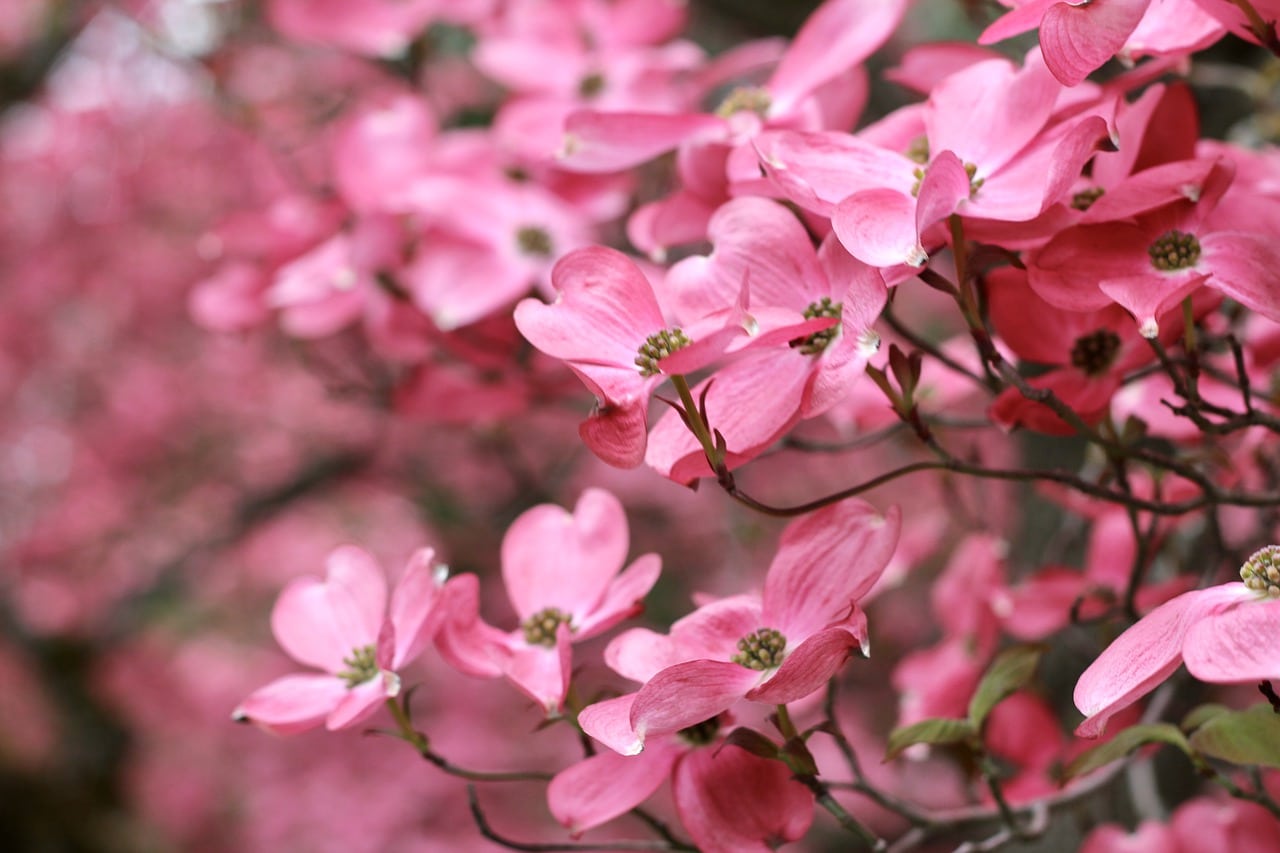If you want to know how to grow dogwood trees from seed, start with collection and preparation, then planting, and lastly, maintenance. A useful tip to keep in mind when beginning any plant from seeds is ensuring that they are in an optimal growing environment. The greenhouse is excellent for seeds because it maintains the conditions that support growth.
For dogwood trees, they thrive in zones 5 to 9, which gives you an idea of their preferred growing conditions. It’s crucial to monitor their environment to ensure that the seeds will germinate and grow into healthy seedlings. This is what puts the greenhouse at an advantage compared to the outdoor sowing of seeds.

How To Grow Dogwood Trees From Seed For Beginners
Collection and preparation
While some gardeners start with established dogwood plants for transplanting, you can still grow them from seeds. The best time to collect dogwood seeds is in autumn since the fruits that hold them fall from the trees by this time. When these fruits or drupes fall from the tree, it also signals that the seeds are feasible to collect.
Once you have the drupes, you want to soften them by soaking first in the water. An excellent tip to know if the seeds will grow is to use drupes that didn’t float. Afterward, remove the fruit skin by scraping them against a wire mesh.
You can also make it easier to separate the pulp and seeds if you squeeze the fruits as they are soaking. Gather the seeds that remain at the bottom of the container and spread them evenly on a table for drying. However, unlike other plant seeds, you have to stratify dogwood seeds to help them germinate.
How to stratify dogwood seeds
Because of the structure of dogwood seeds, you must stratify them first to ensure germination. Stratification is a process where you mimic the natural conditions for the seeds to encourage germination, such as breaking the dormancy phase.
There are various techniques to stratify dogwood seeds, and one of them is placing the seeds in a bag with peat moss. The moss should be moist, and the bag should have holes for air circulation. Afterward, store this bag in an area with room temperature for 105 days.
You can also place the bag in the refrigerator at 40°F, and what this does is stimulate the seeds the same way they would naturally in the winter. This will trigger germination as long as you maintain the temperature for four months. Additionally, check the seeds as they should stay moist but never soaking wet.
Planting
After stratification, your dogwood seeds should be ready for planting. Growing in the greenhouse puts you at an advantage since you don’t have to worry about the danger of frost. The season will not get delayed, and the garden will be productive.
You can still plant dogwood seeds outdoors by checking your hardiness zone to know when is the last frost date. But if you checked the seeds and 10% of them have not germinated yet, start them indoors to encourage germination. Place them in an area that receives sunlight and monitor the indoor temperatures.
Where can you plant dogwood seeds? You can spread them out on top of the soil before covering them with soil lightly. Water thoroughly to help them grow, but be mindful not to get the ground soggy.
In the greenhouse, you can also plant dogwood seeds in pots. They should have drainage holes, and you can use a mixture of sand and peat moss for the medium. You can plant one seed per pot and then cover them with potting mix.
Maintenance
As you have read, growing dogwood trees from seed is easy and straightforward. Proper stratification and using a greenhouse should encourage germination and healthy seedlings. However, learn the maintenance requirements of the plants to avoid drawbacks.
Like most seeds, dogwood seeds thrive in a moist medium. Be careful not to overwater since soggy soil can cause rot. As for the feeding, a general liquid fertilizer in the spring and middle of the summer is optimal. Lastly, there are disease-resistant dogwood cultivars that you can choose from flowering, Kousa, and hybrid species.
How to transplant dogwood trees
Compared to outdoor trees, you can transplant container dogwoods anytime as long as they are healthy. Prepare the site to have ⅔ of the depth of the root ball for receiving the transplant. Gently pack soil around the root ball without putting soil directly on the ball itself.
If you want to transplant dogwood trees, you can prevent transplant shock by pruning the roots first. Do this in the season before transplanting. However, it would be best also to remember that transplanting is ideal after winter.
To prepare the hole, it should be twice as large and deep as the root ball. Leave a hill of dirt at the center for easier packing. Be diligent in packing the soil around the roots in addition to watering.
Conclusion
Starting plants from seeds shouldn’t be intimidating, especially if you have a greenhouse. If you’re interested in how to grow dogwood trees from seed, you only need to tackle three steps. Collect and prepare the seeds by stratifying them to encourage germination.
Afterward, plant the seeds in beds or containers after the danger of frost, while ensuring a moist medium. Lastly, the maintenance of dogwood trees is straightforward in terms of watering and feeding. You can even choose disease-resistant cultivars to prevent problems in growth.
